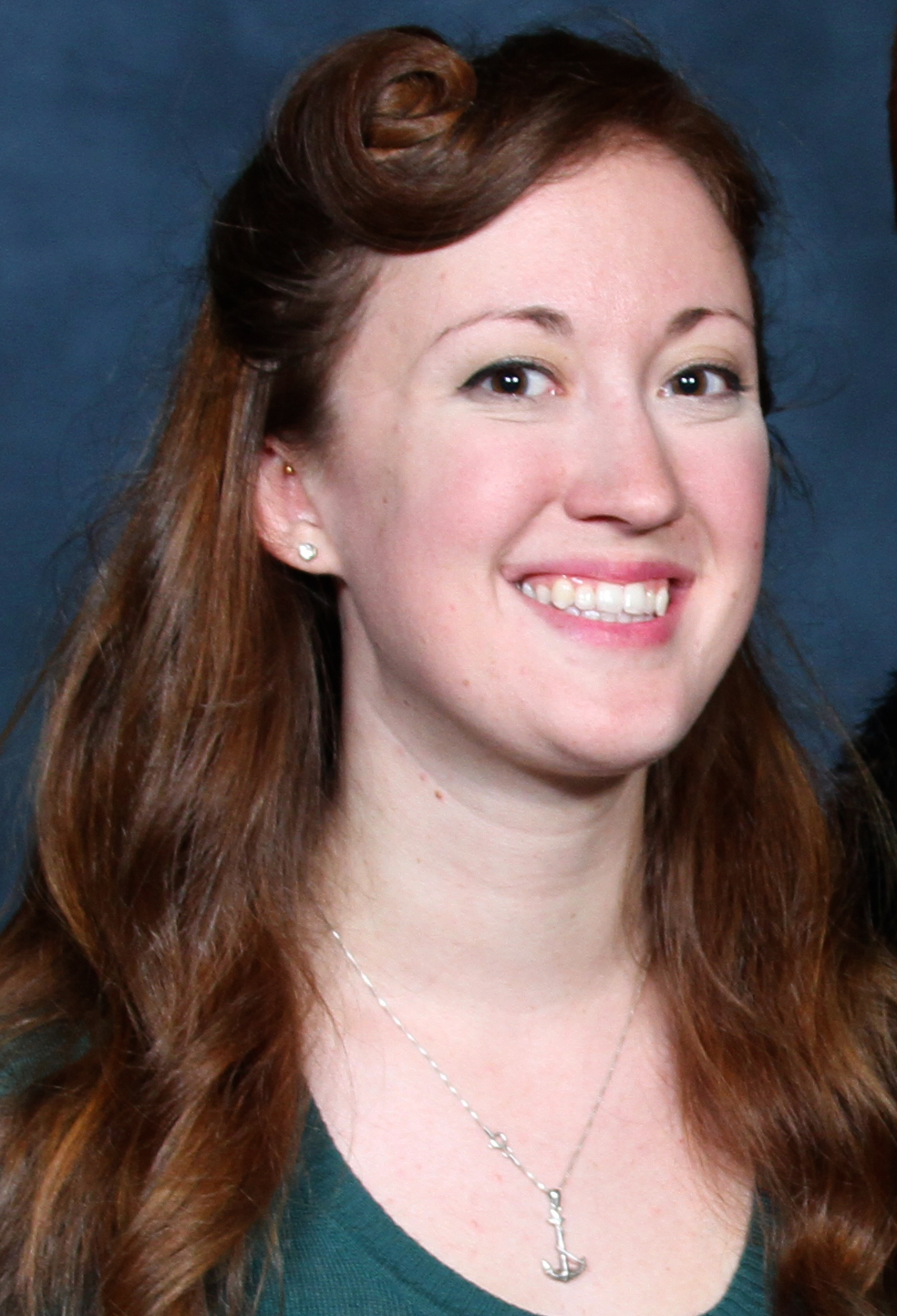Kelley Voss
|
Kelley Voss is a Ph.D. candidate in the Ecology in the Ecology and Evolutionary Biology department at the University of California, Santa Cruz. She currently enjoys researching octopus behavior and morphology; specifically, what puts octopuses’ arms at risk for predation, how octopuses lose arms when defending themselves, and how octopuses compensate for a lost arm while it regrows. Kelley has used her ISEE PDP training to create a squid dissection outreach activity, and is grateful to use the equity and inclusion training in a variety of academic settings.
kmvoss@ucsc.edu |
 |
Teaching Activity Summary
Name of Teaching Activity: Energetic Transfers
Teaching Venue: WEST 2017, Sept 18, 19, 20 2017
Learners: 21 undergraduate students.
Activity Summary:
The Energetic Transfers activity was taught at ISEE’s WEST program for incoming undergraduate transfer students at UCSC in 2017. This two-day course, preceded by a welcome dinner with an icebreaker activity, taught 21 incoming biology transfer undergraduate students how to model energy flow throughout two local ecosystems. Learners used the concept of energy flow within an ecosystem to predict the arrangement and abundance of primary producers, primary consumers, and higher order consumers in a food web model, justifying all parts of their model. Learners, to whom we referred as “scientists” throught this activity, were asked to engage in the practices of “developing and refining models” and “generating hypotheses” during this activity. Both of these skills are relevant to the learners’ future classes, are necessary when completing research in UCSC labs, and they mimic the process scientists use to refine models of their data. Our learners ultimately depicted the arrangement, abundance and production of primary producers, consumers, and carnivores by creating food webs and calculating energy transfer between trophic levels. We wanted them to learn that energy is not created or destroyed; not all forms of energy are the same, with different levels of “usability”; only a fraction (10%) of the net energy production within one trophic level is available to be transferred to the next trophic level; and the majority of energy (90%) is transformed into unavailable. We also included multiple metacognitive activities for the learners to work through their thoughts about the activity and process the difficulties inherent to analyzing imperfect biological data. After completion of this activity, students better understood trophic transfer efficiency and developed their identities as scientists.
Learners were presented with two ecosystems local to UCSC, each home to a charismatic and well-known apex predator: kelp forest (sea otter) and grassland (barn owl). We chose these specifically to familiarize them with the research opportunities associated with these habitats in Santa Cruz. We provided learners with museum specimens for the raising questions activity and prompted them to ask questions about how they thought energy might flow through the ecosystems. The learners were asked to develop initial hypotheses, and were then provided a species portfolio to develop a model (i.e. a food web) that could help them refine their hypotheses. Throughout the activity, learners were provided with more information and data, including a data spreadsheet and food web thinking tool, to revise their models and hypotheses. After a jigsaw and synthesis review, students completed a culminating assessment task (CAT) worksheet for individual assessment with the given prompts:
- Draw a schematic of your final model and list what changes your model underwent after incorporating new evidence introduced in Part 2 of the inquiry. In your model, make sure to account for all energy pathways and label these pathways.
- What was your original research question and what is your final hypothesis based on this model?
- What do you notice about trophic transfer efficiency and how can you explain it?
This helped students summarize their models and express their understanding of trophic transfer efficiency. Our rubric awarded a maximum of six points, two points for each of the three knowledge statements. Thirteen students scored 5-6, seven students scored 3-4, and one student scored 1-2 points. Overall, our students scored well and demonstrated a solid understanding of the energy flow through an ecosystem, which is a key content item for undergraduates in biology.
